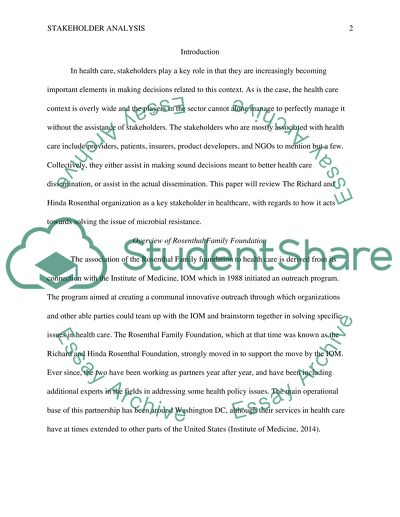Cite this document
(“A Structured Stakeholder Analysis Essay Example | Topics and Well Written Essays - 1000 words”, n.d.)
A Structured Stakeholder Analysis Essay Example | Topics and Well Written Essays - 1000 words. Retrieved from https://studentshare.org/health-sciences-medicine/1662190-a-structured-stakeholder-analysis
A Structured Stakeholder Analysis Essay Example | Topics and Well Written Essays - 1000 words. Retrieved from https://studentshare.org/health-sciences-medicine/1662190-a-structured-stakeholder-analysis
(A Structured Stakeholder Analysis Essay Example | Topics and Well Written Essays - 1000 Words)
A Structured Stakeholder Analysis Essay Example | Topics and Well Written Essays - 1000 Words. https://studentshare.org/health-sciences-medicine/1662190-a-structured-stakeholder-analysis.
A Structured Stakeholder Analysis Essay Example | Topics and Well Written Essays - 1000 Words. https://studentshare.org/health-sciences-medicine/1662190-a-structured-stakeholder-analysis.
“A Structured Stakeholder Analysis Essay Example | Topics and Well Written Essays - 1000 Words”, n.d. https://studentshare.org/health-sciences-medicine/1662190-a-structured-stakeholder-analysis.


